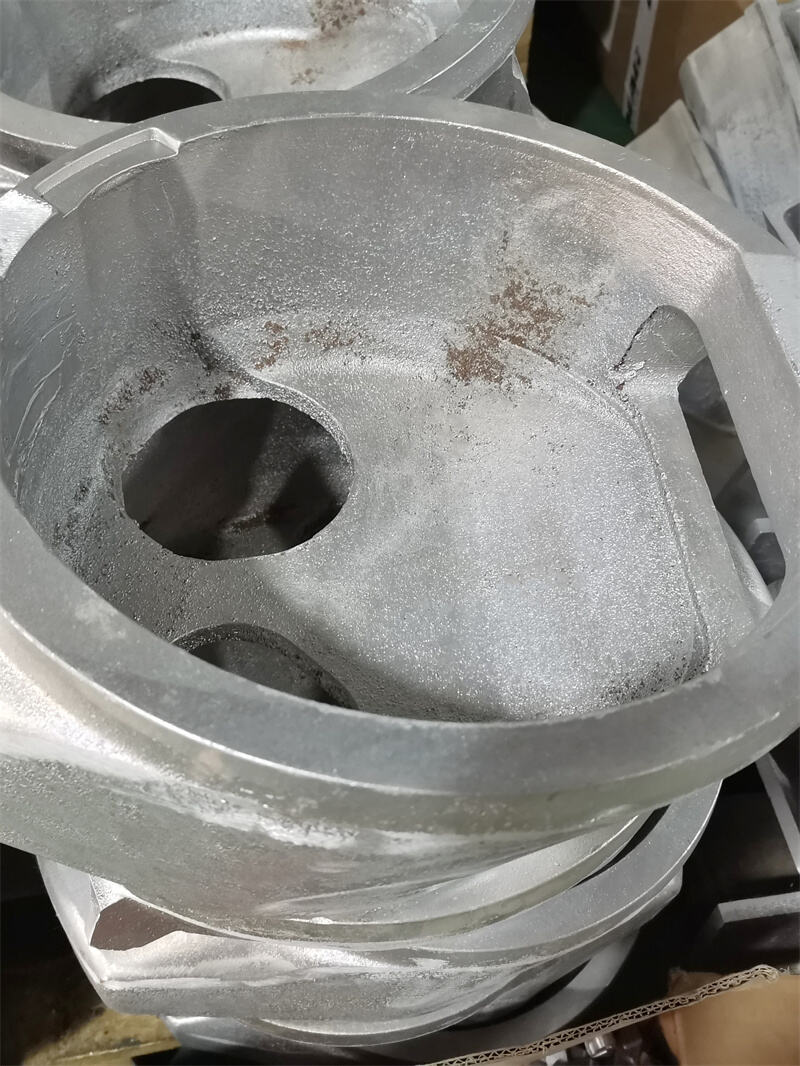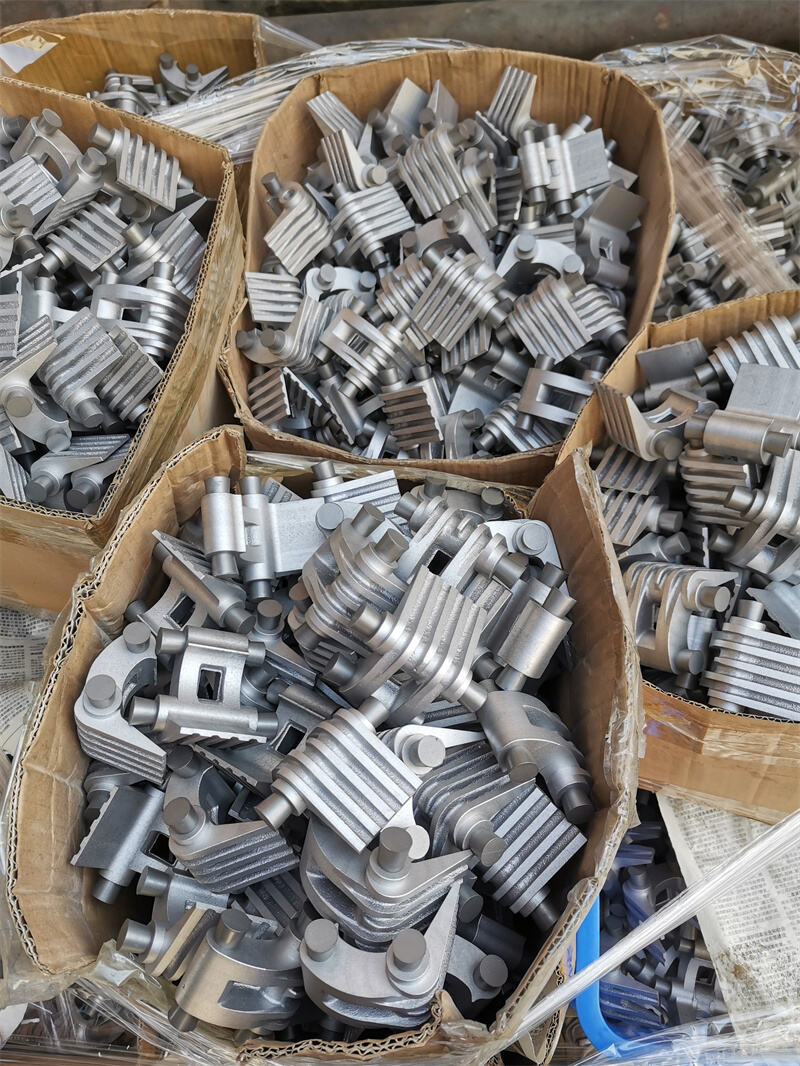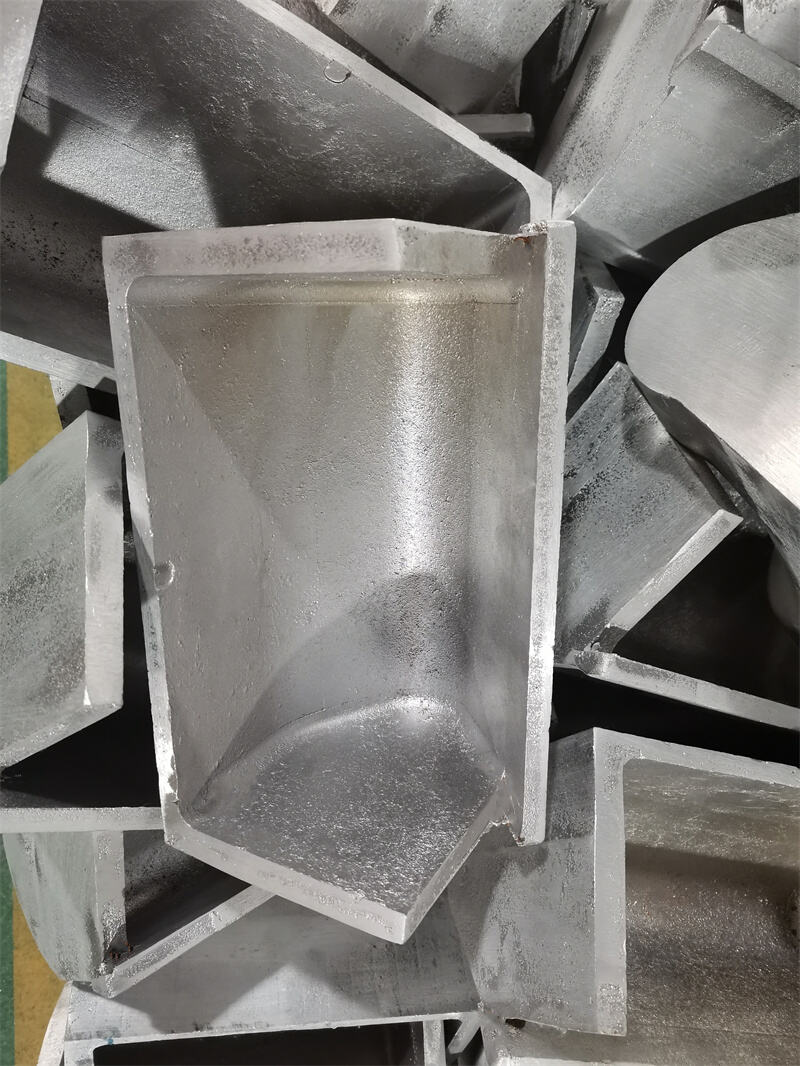Mail Us: [email protected]
Call For Us: +86-13929487727
Sand casting is a casting method that uses sand as the molding material to manufacture metal castings. It is the most widely used and oldest casting process, highly favored for its low cost and high flexibility (almost any size and complexity of parts can be cast).
(1)Make a model
①Objective:To create a physical model that is consistent in shape with the final part.
②Materials: Wood (wooden mold), plastic or metal are usually used.
③Key point:
Shrinkage allowance:The model size should be slightly larger than the final part to compensate for the shrinkage of the metal during cooling and solidification.
Draft slope:The side of the model must have a certain slope to facilitate smooth removal from the sand mold later.
Machining allowance:On surfaces that require subsequent mechanical processing, the model reserves additional metal layers.
(2)Make sand molds
This is the core process of sand casting. A sand mold is usually composed of two halves: the upper mold box and the lower mold box.
①Shaped sand:It is not ordinary sand but a mixture of raw sand (such as silica sand, chromite sand, etc.), binders (such as clay, resin) and additives to ensure that it has sufficient strength, air permeability and plasticity.
②Process
a.Place the lower box:Put the lower box on the flat plate.
b.Place the model:Put half of the model (usually the main part) into the lower type box.
c.Sand filling and compaction:Fill the mold box with molding sand and tamp it down with tools or machines to ensure that the sand mold has sufficient hardness to withstand the impact of molten metal.
d.Fabrication of the gate and riser system: In the sand mold, fabricate the gate (the channel through which molten metal flows in) and the riser (for storing excess molten metal, used for feeding, and preventing shrinkage cavities).
e.Flipping the box and making the upper model:Flip the lower model box over, place the upper model box inside, and put the other part of the model in. Repeat the process of filling with sand and compacting.
f.Unpacking and demolding:Separate the upper and lower mold boxes and carefully remove the model. At this point, a cavity exactly the same shape as the part is left in the sand mold.
(3)Combined box
Precisely align the upper box and the lower box together to form a complete, hollow cavity.
To prevent fire leakage (metal liquid leaking from the parting surface), pins are used to position the boxes and they are pressed tightly with heavy objects.
(4)Pouring
The molten metal (such as cast iron, cast steel, aluminum alloy, copper alloy, etc.) is smoothly and continuously injected into the closed sand mold cavity from the pouring ladle through the pouring system.
(5)Cooling
Let the molten metal injected into the cavity cool naturally and solidify completely in the sand mold. The cooling time depends on the metal type, size and wall thickness of the casting.
(6)Shakeout
After the casting has completely solidified, the sand mold is broken by vibration or knocking to remove the internal casting.
At this point, the castings taken out still have the gating system, risers and adhered sand grains.
(7)Cleaning
①Remove the gates and risers:Remove the gates and risers by methods such as tapping, sawing or gas cutting.
②Sandblasting/shot blasting cleaning:Use high-speed sprayed sand grains or steel shots to clean the surface of castings, removing residual sand and oxide scale.
③Grinding:Grind the marks left after removing the gates and risers to make the surface smooth.
④(Optional) Heat treatment:According to the material and usage requirements, the castings are subjected to heat treatments such as annealing and normalizing to eliminate internal stress or improve mechanical properties.



|
Advantage: |
|
Disadvantage: |
|
|
Low Cost |
The raw material (sand) is cheap and reusable |
Rough Surface |
The surface quality of the casting is poor, and its dimensional accuracy is not as good as that of precision casting |
|
Flexible in size |
Castings ranging from a few grams to hundreds of tons in weight can be produced |
Large tolerance |
+-1mm |
|
Complex Shape |
It is capable of manufacturing parts with complex inner cavities and shapes |
Production Efficiency |
Although it can be automated, the production cycle per piece is still relatively long |
|
Various Material |
It is applicable to almost all metal materials, especially cast iron, cast aluminum |
Environmental Issue
|
Dust and waste gas will be produced |
|
Small Batch Production |
It is highly suitable for single-piece and small-batch production |
Many Defects |
It is prone to casting defects such as pores, shrinkage cavities and sand holes |
Sand castings are widely used in various industrial fields, such as:
Automotive industry: engine blocks, cylinder heads, transmission cases, brake drums.
Machine tool industry: bed, column, worktable.
Heavy machinery: large gears, frames, rolls.
Aerospace: Engine casings, turbine housing.
General machinery: pump casings, valves, pipe fittings.
A: Yes, we are factory in Guangdong, China.
A:
Machining is 3-7 days for sample, 15-20 days for batch according to quantity;
Molding is 25 days for sample, 15-20 days for bulk.
A: Yes, we can, it need the sample fee, but can be refunded when place bulk order.
A: We offer flexible payment methods including bank transfer (TT), PayPal, Western Union, and Letters of Credit to facilitate secure global transactions. 30%-50% in advance, pay balance before shipping.
A: Yes, we can accommodate custom logos and packaging designs based on order quantities. Please discuss your specific needs with our sales team.
A: Yes, we support OEM/ODM customization based on your technical drawings, 2D/(PDF/CAD)3D(IGES/STEP).

Copyright © Dongguan Yuanji Technology Co., Ltd. All Rights Reserved - Privacy Policy